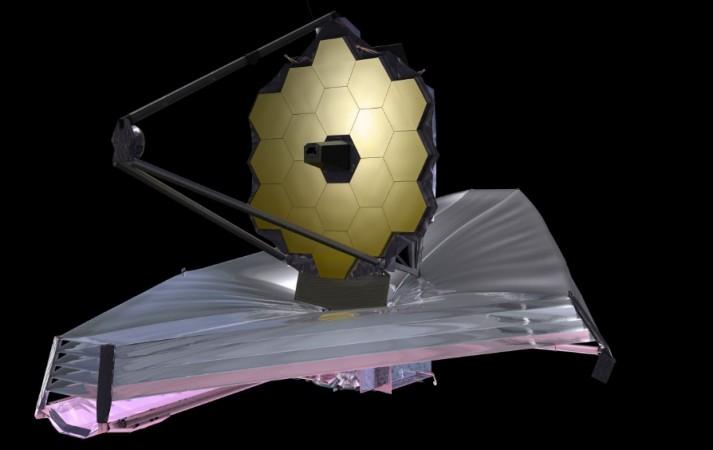National Aeronautics and Space Administration's (NASA) much-delayed James Webb Space Telescope (JWST), which is supposed to replace the two-decade-old Hubble Space Telescope, is in trouble again, as integration and test challenges of the ambitious project have threatened to cause further delay in its launch.
The US Government Accountability Office (GAO) has said in its report to Congressional Committees that the amount of work NASA has to complete before the launch schedule has indicated that world's most powerful space telescope JWST could be delayed again and that its cost might exceed the cost cap set by Congress.
"Given several ongoing technical issues, and the work remaining to test the spacecraft element and complete integration of the telescope and spacecraft, combined with continuing slower than planned work at Northrop Grumman, we believe that the rescheduled launch window is likely unachievable," said GAO in its report.
NASA was originally supposed to launch JWST in October 2018 but delayed by several months citing technical issues. It said that the world's most powerful space telescope, which is built at an $8.8 billion budget, would be launched between March and June 2019. However, the space agency has said that there could be further delay in its launch.

Now, when can we expect the launch of JWST? Well, NASA is yet to reveal launch schedule of this complex project but GAO report said that the "contractor has increased its daily work shifts from two to three and is now working 24 hours per day on spacecraft integration, which further limits schedule flexibility."
The report went on to say that "even a relatively minor disruption could cause the project to miss its revised launch window" given the "project's current low level of schedule reserves." The project's independent Standing Review Board will announce a new launch window after examining work progress, including spacecraft integration and test activity.
The James Webb Space Telescope is one of the most complex and expensive projects by NASA. The space agency has collaborated with the European Space Agency (ESA) and the Canadian Space Agency for this mission to replace the Hubble Space Telescope.
NASA performs a routine schedule assessment of the project as it has an agreement with the ESA to provide the desired launch window one year prior to launch.

















